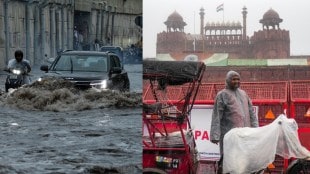-
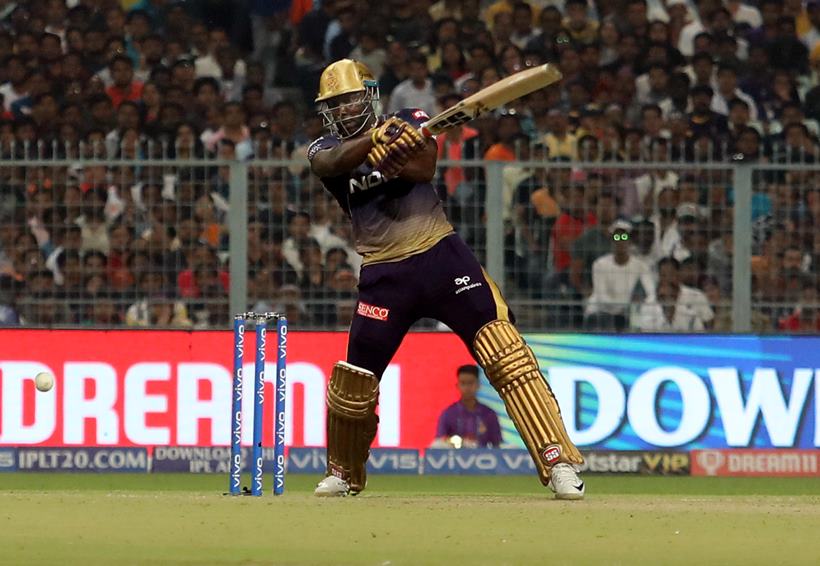
Hunkered near one of Syria's hottest front lines for seven years, the eastern Ghouta district of Ein Terma sustained more damage than most areas in the conflict. Its markets are now full and children throng the streets where shells were falling a year ago. But for the people who have returned to live there, the recovery is gradual. As the eighth anniversary of the civil war arrives this week, Ein Terma's battered streets attest to the long road ahead for Syria's war-smashed towns and cities. (Reuters Photo)
-
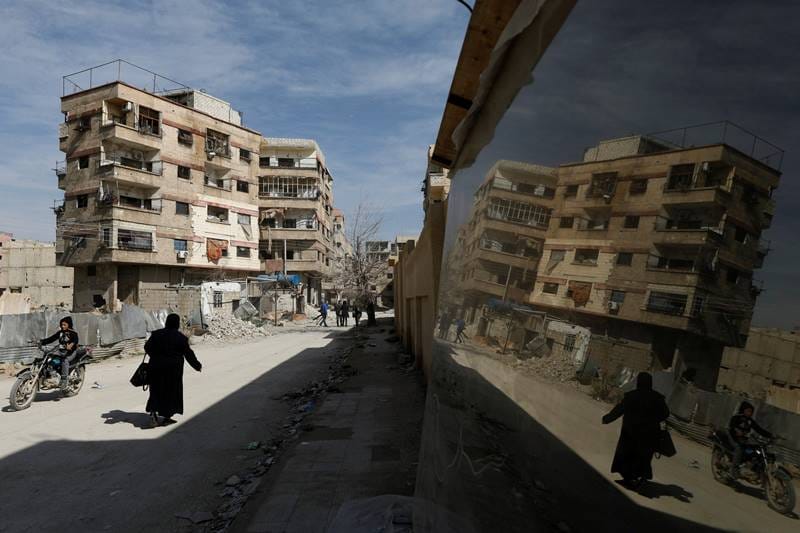
Many inhabitants have lost neighbours, friends or relatives as the population scattered through years of conflict. (Reuters Photo)
-
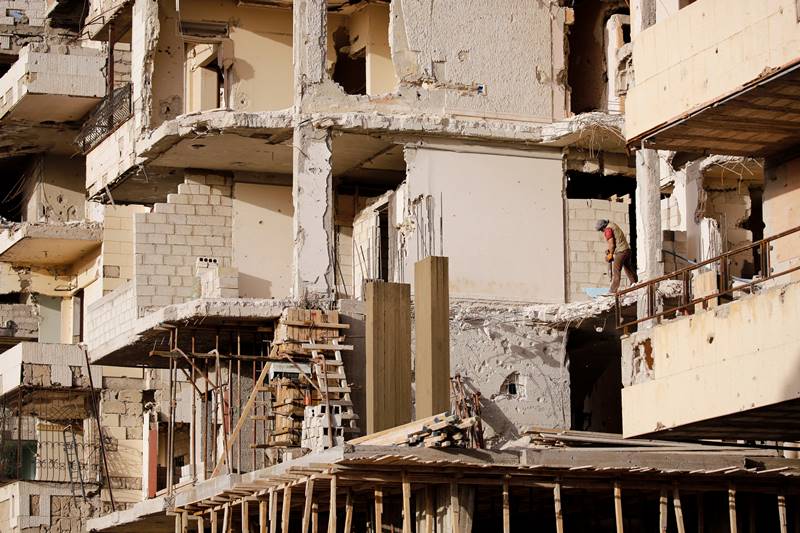
The Syrian war, which has killed hundreds of thousands of people, has driven around half of Syria's pre-war population from their homes, 5.7 million of them living as refugees in neighbouring countries. (Reuters Photo)
-

Despite government work, rubble still clogs many streets and the water and electricity supply is only partial. (Reuters Photo)
-

According to the United Nations commission of inquiry on Syria, up to 50,000 people were "evacuated" in this way to the northwest. (Reuters Photo)
-
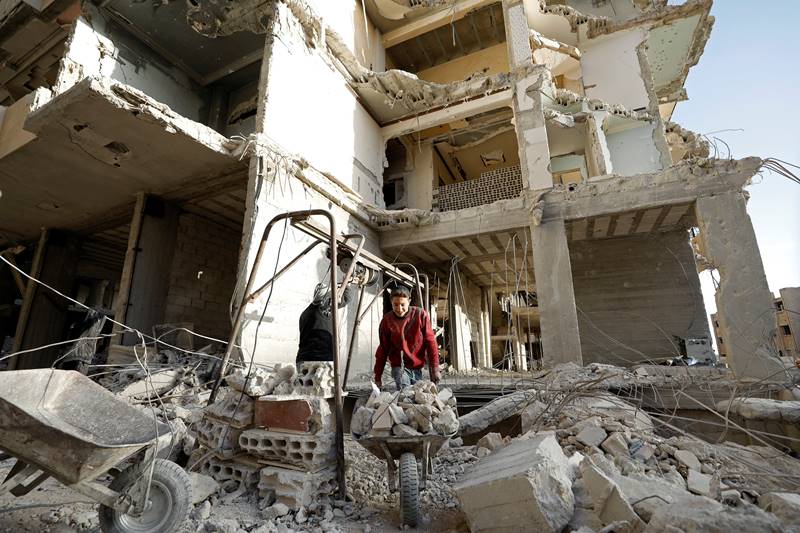
As the rebels surrendered, people who did not want to come back under government control left to opposition-held Idlib in Syria's far northwest. (Reuters Photo)
-
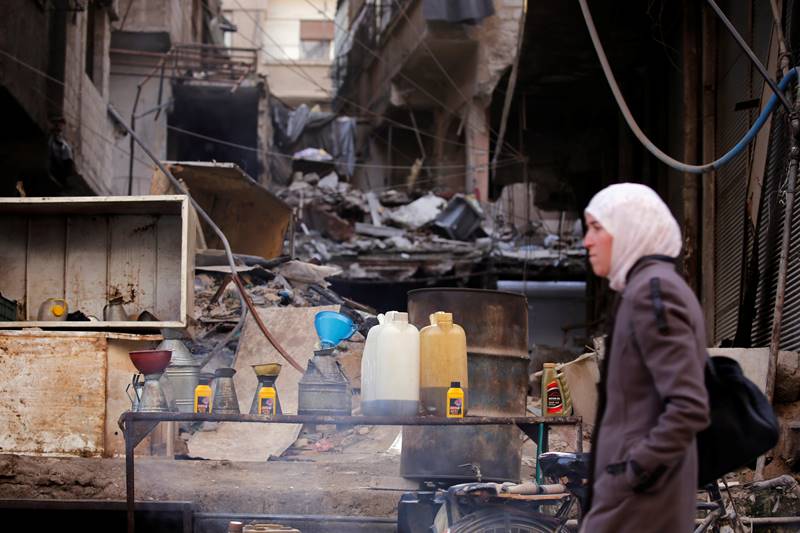
Jobs are scarce, and for people who stayed in the area when it was controlled by the rebels, family paperwork for births and deaths in that period must be done anew. (Reuters Photo)
-
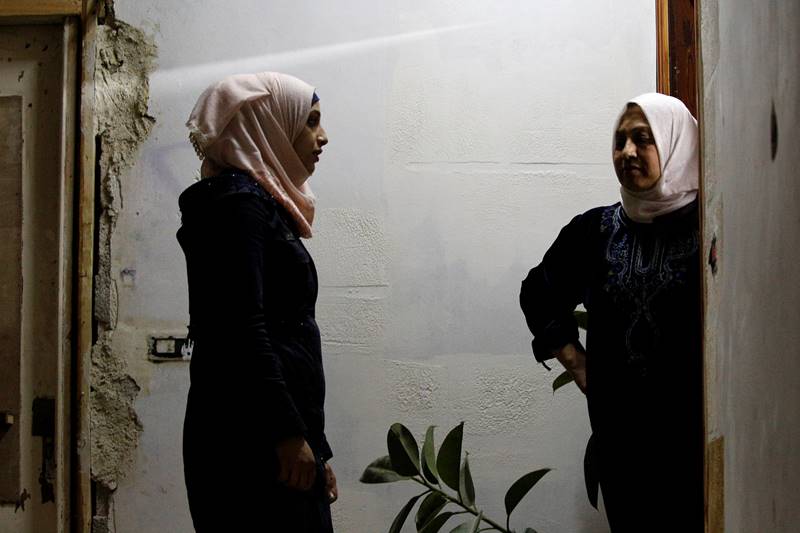
Samiha Fares and her five children left their home in 2012, early in the war, as rebels gained control over the district. (Reuters Photo)
-
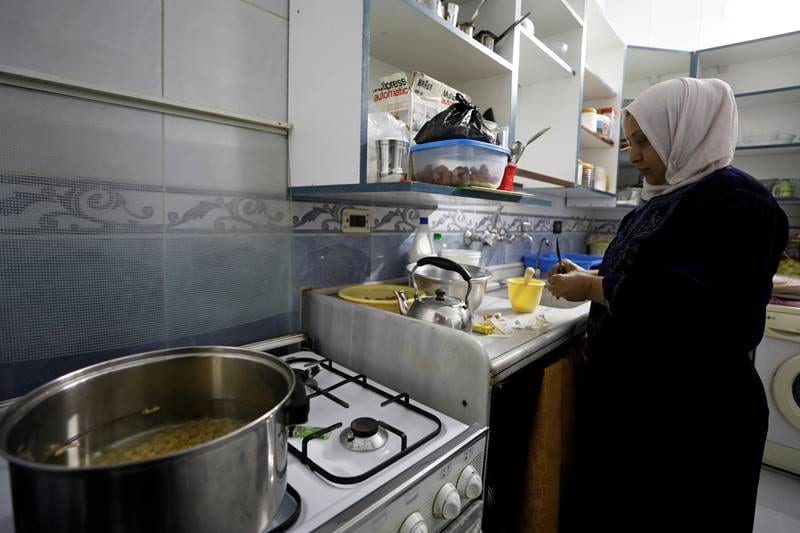
She had been working for the Ein Terma municipal government and the rebels threatened her children and installed rockets on the roof of her house, she said. (Reuters Photo)
-
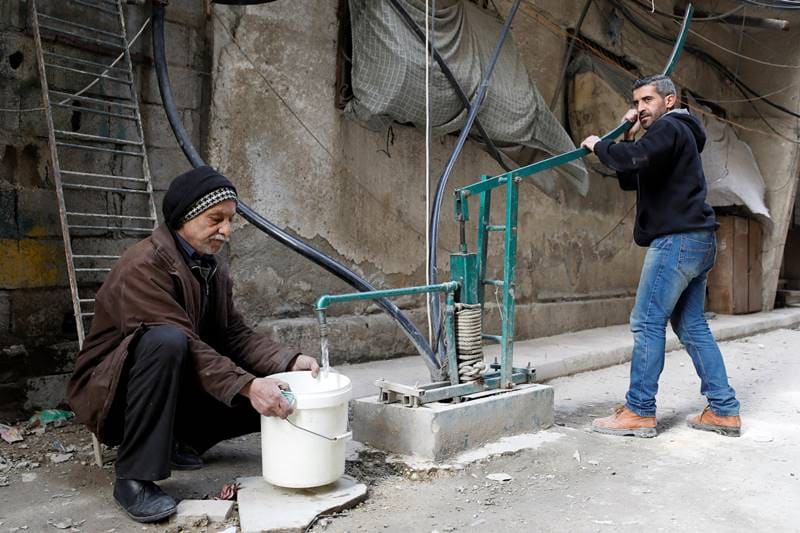
During the years of siege, food became very expensive. (Reuters Photo)

India’s richest Youtuber with Rs 665cr net worth is a comedian but not Samay Raina or CarryMinati





